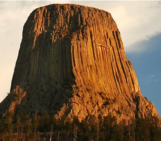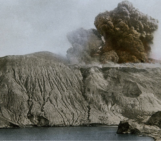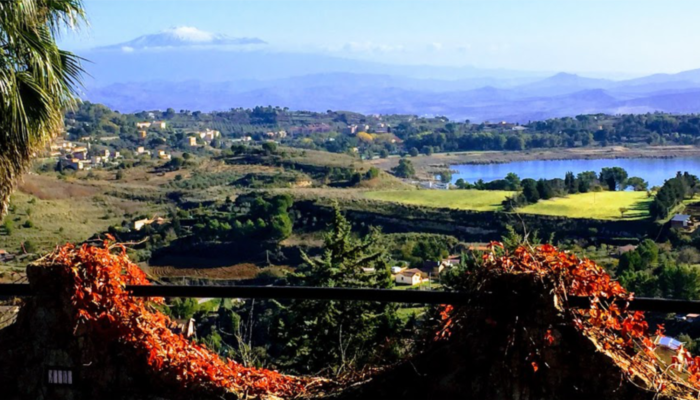
If, in 2022, you still think that seasons depend on the Earth’s rotation around its tilted axis and around the Sun… you are surely right. However, in ancient times, the Greeks, and the Romans afterwards, thought it was due to an agreement between Zeus and Hades, to save Persephone from the Underworld.
The sick love of Gods
Persephone, daughter of Demeter, the Goddess of harvest and agriculture and Zeus, the King of the Gods, was incredibly beautiful, however, her beauty was her ruin. Hades, the King of the underworld, looking at her while singing and picking flowers with the daughters of Okeano (the primordial Titan God of Water), the water nymphs, instantly falls in love with her and decides to marry her, against her will. The Gods conspiracies are famous in Greek mythology, so Hades, Zeus, and Gaia (the Goddess Hearth) plan a forced marriage. Gaia creates the most magnificent flower ever existed, a narcissus so wondrous to give a sense of awe to both immortals gods and mortals humans.
While Persephone is picking that splendid narcissus from the ground with both hands, suddenly, the land below the flower cracks and opens, creating a huge pit, from which a dark, immense figure comes out. It is Hades, riding a gold chariot towed by four immortal black horses. Hades sweeps up Persephone (Fig. 1) while she cries and shouts to her father Zeus to help. But no one hear her, except for Helios, the God of the Sun. Following the Roman version of the myth, the place where Hades came out from the ground, turned into the Pergusa lake, close to Enna, in Sicily.
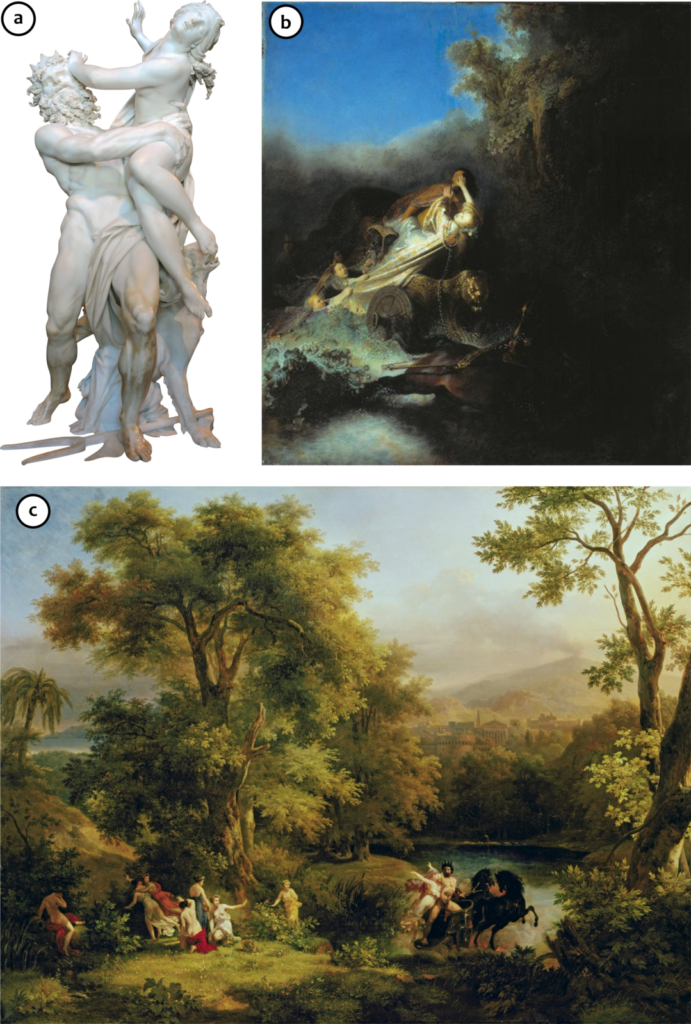
Fig. 1. A) Bernini’s statue named “Ratto di Proserpina”, in Galleria Borghese, Rome, Italy (Livioandronico2013, via Wikimedia Commons). b) H. van R. Rembrandt paint named “The Rape of Proserpine”, in Gemäldegalerie, Staatliche Museen zu Berlin, Berlin, Germany (public domain). c) J.C.J. Remond paint named “Enlèvement de Prosérpine”, in Bibliotheque de l’Ecole des Beaux-Arts, Paris, France (public domain).
When Demeter finds out about the kidnapping, hearing Persephone’s screaming from the Olympus, she starts looking for her daughter everywhere and, helped by Helios, discovers that Hades was the culprit, and Zeus organised it all! Thus, Demeter, enraged by the situation makes the land infertile causing mass famine, until Zeus intervenes to save the mortal humans. Zeus sends Hermes to Hades to ask him to allow Persephone to return her mother’s arms again. Meanwhile, Hades repeatedly tried to convince Persephone to marry him and live forever as the Queen of the underworld, but she refuses every time. After all, why live in darkness talking with dead souls, when you can be sunbathing every day with water nymphs?! Hades agrees to let her go, however, before Hades brings Persephone to the surface, he gives her a pomegranate to eat, knowing that by divine law, any person eating something in the underworld will be unable to fully and permanently return to the overworld. Persephone fortunately only eats few seeds of that pomegranate. Thus Zeus, decides to honour both Hades and Demeter, allowing Persephone to live with her mother and the mortal humans for two thirds of the year, and spend the rest of the year in the dark mist of the underworld (Homeric Hymn to Demeter).
From March to October, while Persephone lives on Earth, the nature awakes giving fruits from the happiness of Demeter. Otherwise, the rest of the year, while Persephone lives in the Underworld, the land becomes infertile due to the sadness of Demeter, explaining the seasons Earth experiences.
Is the Pergusa Lake a sinkhole?
Homer identified the place of the myth to be the Plain of Nysa, however the real today’s location is still unknown; various association where made such as Lybia, Arabia, Ethiopia, Egypt, Babylon, Erythraian Sea (the Red Sea), Thrace, Thessaly, Cilicia, India, Libya, Lydia, Macedonia, Naxos, around Pangaios (mythical island south of Arabia), and Syria. Based on the integration of archaeology, anthropology, mythology, linguistics, and historical writings, Rigoglioso (2001), suggested the cult of mother/daughter, such as Demetra/Persephone, was present in Enna (Sicily) since ancient times. Thus, according to the legend, the pit from which Hades came out is located in Sicily, close to Enna, in the Pergusa lake (Fig. 2a). The myth suggests the lake did not exist before Hades broke apart the ground. Thus, it could be hypothesized the Pergusa Lake is actually a sinkhole, and the myth tells about its origins (Nisio, 2010; 2015).
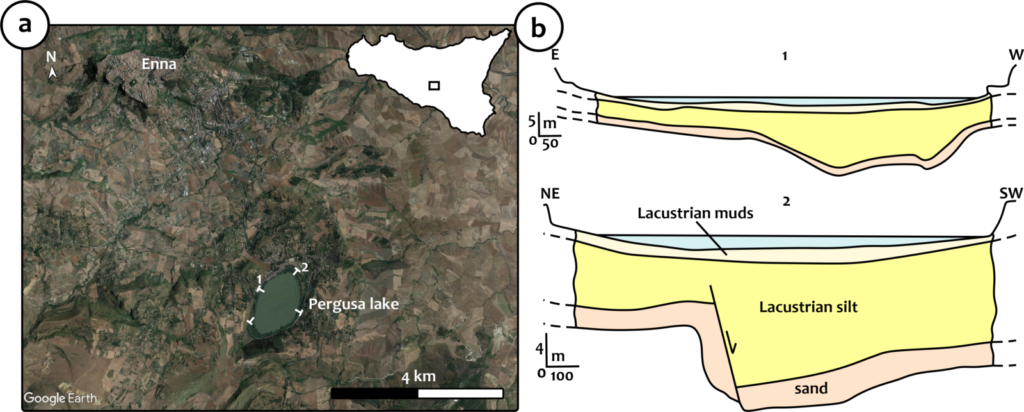
Fig. 2. a) map view of the Pergusa lake, close to the town of Enna. b) geological cross sections of the lake (modified after Pappalardo et al., 2005).
A sinkhole is an area of ground that has no natural external surface drainage, thus when it rains, the water stays inside the sinkhole and typically drains into the subsurface (USGS definition). The subsiding ground is driven by the chemical erosion of rocks susceptible to dissolution in water (e.g., limestones and evaporites) and can happen very slow or very fast with a sudden collapse of the ground, depending on the involved lithologies (Fig. 3).
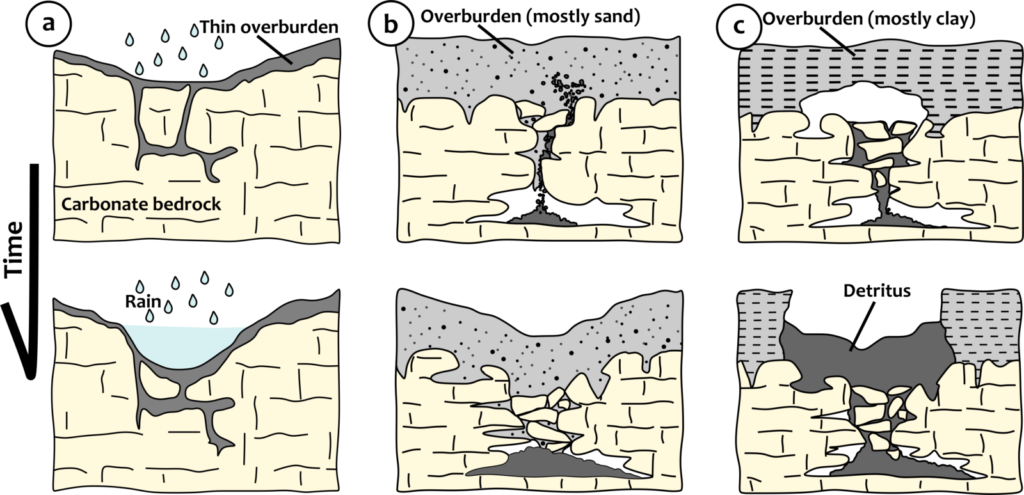
Fig. 3. Different types of sinkholes and their development through time. a) dissolution sinkholes; b) cover-subsidence sinkholes; c) cover-collapse sinkholes (modified from USGS website: https://www.usgs.gov/special-topics/water-science-school/science/sinkholes#overview).
However, further authors (e.g., Butler et al., 2004; Pappalardo et al., 2005) suggest the lake formed even earlier, driven by the tectonic evolution of the area characterized by a Pliocene folding followed by Pleistocene normal faulting (Fig. 2b), demonstrating it is not a sinkhole. In any case, the Pergusa lake is an endorheic lake (e.g., Sadori and Narcisi, 2001; Sadori et al., 2013), being characterized by a lack of surface or subsurface outflow, and where the inflow water is lost mainly by evaporation (AMS glossary).
The lake is not only important mythologically, the lake which gave origin to the explanation of seasonal change for Greeks and Romans, nowadays gives important insights on the last 7 millennia of vegetation and climate changes, not only of the surrounding area but even of the entire central Mediterranean area (e.g., Sadori and Narcisi, 2001; Zanchetta et al., 2007; Sadori et al., 2013). In addition, it represents an important area for the fauna and flora ecosystems protection.
For these reasons, the Pergusa Lake is a Special Natural Reserve, and it is a part of the Rocca di Cerere UNESCO Global Geopark.
References
American Metereological Society, Glossar of Metereology. https://glossary.ametsoc.org/wiki/Endorheic_lake. Consulted on 01/03/2022.
Butler R.W.H., Grasso M., Maniscalco R., 2004. The Neogene thrust-top basins in central Sicily and the Neogene volcanism of the northern Monti Iblei in south-eastern Sicily. 32nd International Geological Congresso, Florence, August 20-28, 2004. Pre-congress fieldtrip B30.
Homeric Hymn to Demeter, translation by Prof., Gregory Nagy. University of Houston, USA. https://uh.edu/~cldue/texts/demeter.html. Consulted on 01.03.2022.
Nisio, S., 2010. Geologia storica per lo studio dei fenomeni di sinkhole. In Stoppa, F., Bevilacqua, G., Marra, A.C. (Eds.). Geomitologia: dei, uomini e natura tra geologia e storia. Verso una metodologia comune: criteri d’indagine, linguaggio comune, catalogazione e comunicazione, Quaderni di Rivista Abruzzese, 41 – 42.
Nisio, S., 2015. Gli sprofondamenti tra storia, mito e leggenda (The sinkholes between history, myth and legend). Memorie Descrittive Carta Geologica d’Italia XCVI, 271-296.
Pappalardo, G., Ferrara, V., Rapisarda, F., Termine, R. 2005. Groundwater interaction with endoreic lake: effects on the ecological system of the Pergusa Lake, central-eastern Sicily, Italy. International Multidisciplinary Conference on Hydrology and Ecology: The Groundwater Ecology Connection Karlovy Vary Carlsbad. September 11 – 14, Czech Republic, 2006.
Sadori, L., Narcisi, B., 2001. The Postglacial record of environmental history from Lago di Pergusa, Sicily. The Holocene, 11(6), 655 – 670. https://doi.org/10.1191/09596830195681
Sadori, L., Ortu, E., Peyron, O., Zanchetta, G., Vanniere, B., Desmet, M., Magny, M., 2013. The last 7 millennia of vegetation and climate changes at Lago di Pergusa (central Sicily, Italy). Clim. Past 9, 1969 – 1984. https://doi.org/10.5194/cp-9-1969-2013
Rigoglioso, M., 2001. Mysticism, Mother Worship, and Misogyny in the Navel of Sicily: A Spiritual History of Enna, Lake Pergusa, Demeter, and Persephone. California Institute of Integral Studies. Thesis dissertation.
Rocca di Cerere UNESCO Global Geopark, https://www.roccadicereregeopark.it/. Consulted on 02/03/2022.
U.S. Geological Survey’s (USGS) Water Science School. https://www.usgs.gov/special-topics/water-science-school/science/sinkholes#overview. Consulted on 01/03/2022.
Zanchetta, G., Borghini, A., Fallick, A.E., Bonadonna, F. P., Leone, G., 2007. Late Quaternary palaeohydrology of Lake Pergusa (Sicily, southern Italy) as inferred by stable isotopes of lacustrine carbonates. J. Paleolimnol., 38, 227 – 239. https://doi.org/10.1007/s10933-006-9070-1

